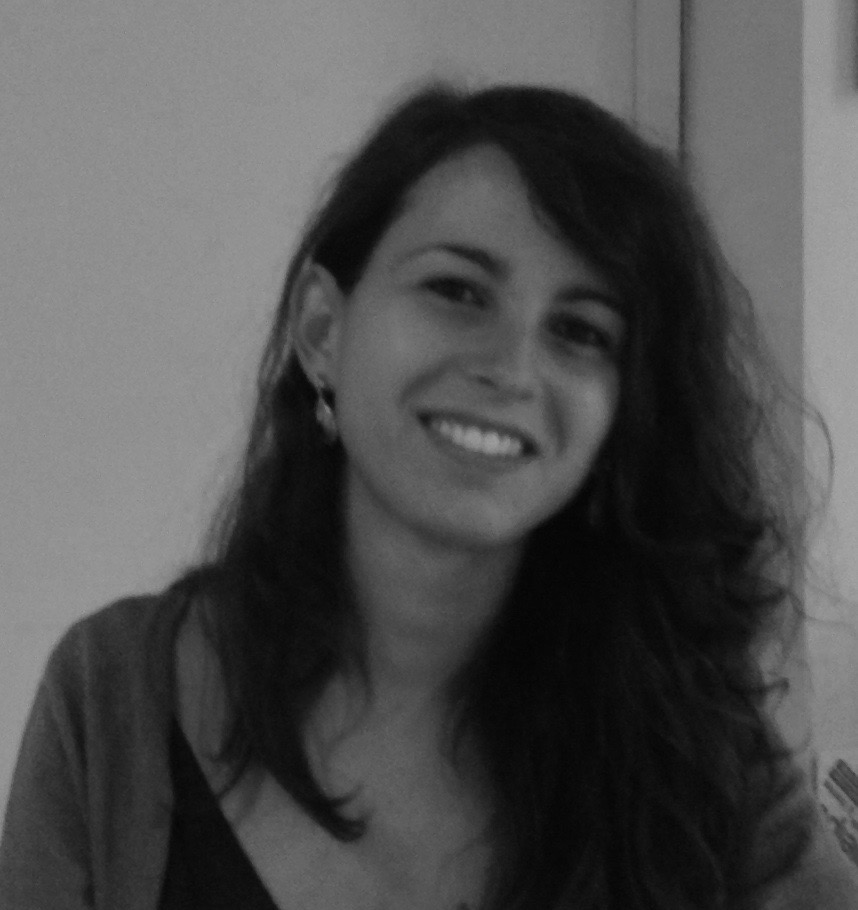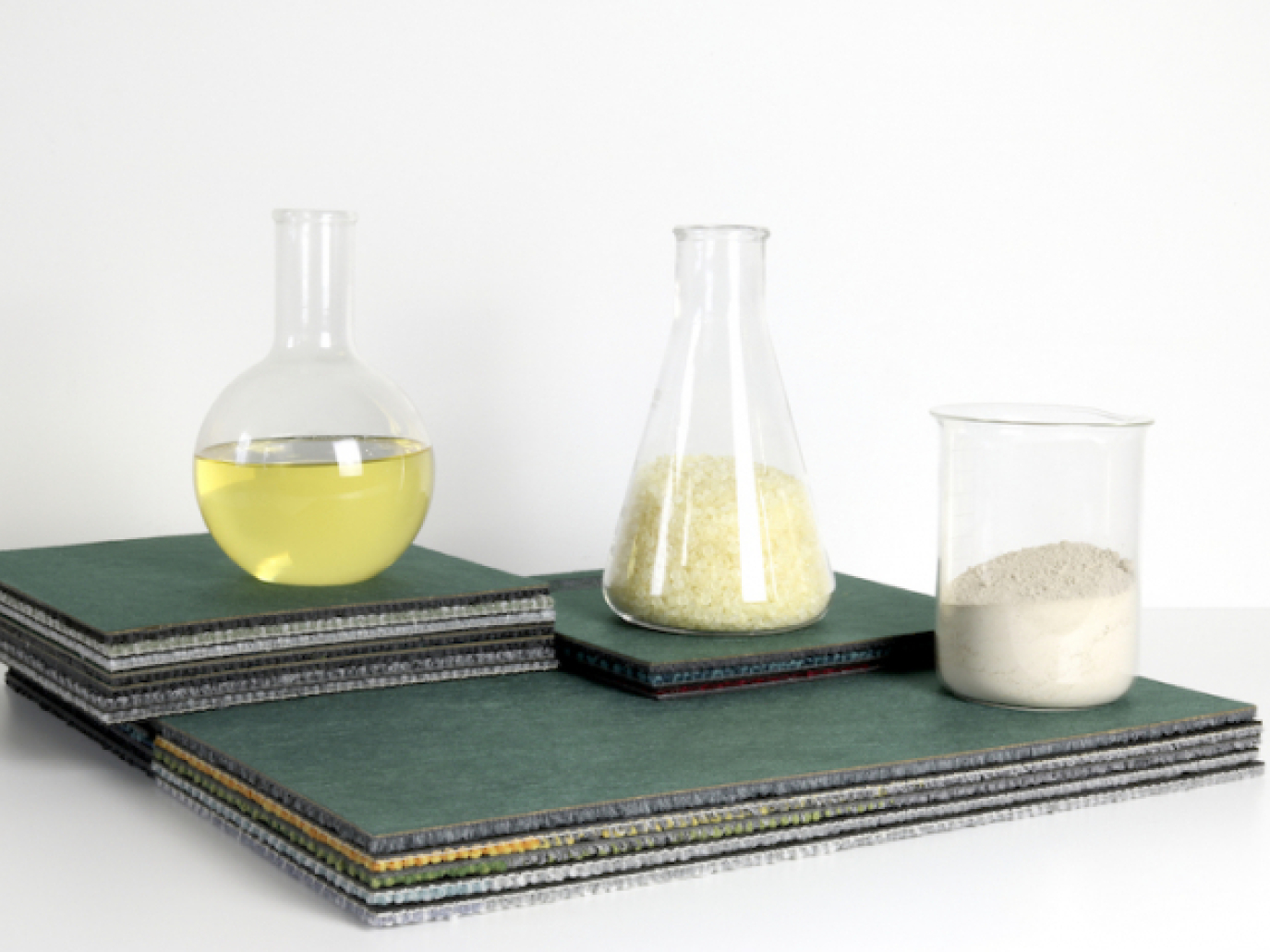Designing and manufacturing sustainable products that will nourish a healthy, equitable and circular tomorrow: that's the goal of Cradle to Cradle Certified, a global standard rooted in the Cradle to Cradle design principles defined by William McDonough and Michael Braungart. For more than a decade, brands, designers and manufacturers in every category have relied on the C2C product standard to optimize the long-term impacts of their industrial processes.
This past March 16th, version 4.0 of Cradle to Cradle Certified was released, becoming the most ambitious and actionable standard that defines a product in terms of safety, circularity, and environmental and social responsibility. To understand more about how Made for Tomorrow products are created and certified, we had a chat with Christina Raab, Vice President and Strategy & Development manager at the Amsterdam-based Cradle to Cradle Products Innovation Institute.

Why a 4.0 version? What's new about it compared to previous versions?
We released the new version to be up-to-date and in line with the latest scientific discoveries, best practices, industrial developments and, in general, the evolution of the circular and sustainable sphere. The previous standard was released about five years ago, it needed to be updated to stay true to the ambition of being a leading standard that looks toward the future. While the standard's five categories remained the same in the areas of focus, there was a restructuring and expansion of their scope.
The Material Health category has been aligned with major global chemical regulations and standards, and we have introduced a new list of chemicals that are not allowed above a certain threshold. The overall framework of the Product Circularity category has been revised with the introduction of new topics such as procurement and circular infrastructure. In the Clean Air and Climate Protection category, some requirements have been tightened up to really promote the urgent action we need. Soil that was previously excluded has been introduced in Water and Soil Stewardship. Finally, the Social Fairness category has been completely restructured with a management system approach to social issues and due diligence that is now in line with the United Nations Principles on Business and Human Rights. There is a great focus on the whole issue of diversity, equity and inclusion in society. It's a very holistic approach that interconnects the most relevant circularity and sustainability issues.
Who did you work with to update the standard?
We took the best practices and requirements that we believed were critical and developed them through a multi-stakeholder process. We have a scientific steering committee and a technical committee of experts from the different stakeholder groups that include businesses, government and non-government entities, universities. We held several technical working groups for each category and consultation processes including two phases of public consultation during which all citizens and any type of organization could give feedback. Everyone could post comments on our website in a completely open and transparent environment.
Which of the five elements of the standard you believe would be most difficult to achieve?
The challenge for companies lies definitely on approaching the journey to obtain the standard in a holistic way. Most companies choose a single topic, a sustainability strategy or a circularity approach; with our standard, on the other hand, it’s necessary to act in a transversal way. This certainly represents a change of mindset for companies; a cultural shift that necessarily needs work. In order to achieve certification, it’s essential to have a thorough knowledge of the supply chain: this is a real challenge that companies must overcome both internally and with their partners. This requires absolute transparency: it's crucial to know how products are designed, how suppliers work, what materials are incorporated into products. If they don't have strong partnerships with suppliers or haven't built a long-term relationship of trust, it's difficult for companies to get the transparency they need to have an assessment in the standard and make appropriate improvements. Beyond that, of course we have some areas that are more challenging to achieve than others. For example, our Materials Health category is a world leader in its rigor and evaluation of every single chemical.
How many companies have been certified so far?
We currently have a community of 450 companies around the world. These companies vary in size: about half are mid-sized companies, the rest are large multinationals and startups. There’s a variety of fields, as well: first and foremost we have fashion and apparel companies, followed by cosmetics, personal care and home cleaning companies. Another relevant sector is building materials and interior design. Finally, we have the packaging area. We evaluate the dossiers that companies send us, we carry out controls and audits and we assign them certifications on different levels, from bronze to platinum. In any case, companies that have not already begun a journey towards circularity do not even apply.

Flamingo Fashion: Cradle to Cradle cerified products
How has the COVID-19 pandemic affected your activity?
Truth to be told, the crisis from COVID-19 has accelerated interest in certification. Companies have begun to look at how they can position themselves for the post-pandemic world, how they can be more credible in the eyes of customers, and how to validate their efforts and progress. The risk of greenwashing with the increased consumer attention to these issues is unfortunately very high. Today, self-declarations are no longer enough, a stamp of approval is necessary.
What is the main advantage Cradle to Cradle Certified has over other standards?
First of all, we’re talking about a science-based certification, rooted in scientific developments and discoveries. The second advantage is its holistic nature: there is no other product-level certification that covers this global set of sustainability and circularity. And lastly, our reputation: we're a widely regarded leadership standard.
Which policies help accelerate the adoption and creation of C2C products?
In the European context we have a very favorable environment. In particular, I am thinking of four policies that are already helping our certification a lot: the European Commission's Circular Economy Action Plan, which strongly guides how we need to rethink products and services; the new Sustainable Chemicals Strategy, because you cannot achieve true circular economy if it’s not safe; the New Consumer Agenda, which protects European consumers through clear and transparent communication. Finally, the EU Taxonomy for Sustainable Finance is also very important.
These are valuable elements that create a good enabling environment. On a more global level, what we're getting a lot of support for is green or sustainable public procurement. All governments have their own procurement policies, however we are present in many of the governments' preferential purchasing programs as one of the accepted and leading certifications. For example, even in the U.S. we are part of the Environmental Protection Agency's preferential purchasing program at a federal level.
How widespread is Cradle to Cradle Certified in Asia?
We have good uptake in South Asia, in India, Bangladesh, Pakistan, but it’s mainly driven by international buyers, especially in the textile and apparel industry. Awareness in Asian countries is growing, however there is a lot of work to be done to make people understand that circular economy is more than just recycling.
What will be the next steps for the Cradle to Cradle Products Innovation Institute?
We need to spread this new version of the standard in the market and increase its impact. We are targeting new sector-specific markets, as well as new geographic areas such as Australia, New Zealand and Latin America. We will then focus on increasing consumer awareness of the standard and product certification. Consumer awareness varies from country to country. In Northern Europe, for example, where we are based, in the Netherlands or Germany, awareness is higher, in Southern Europe awareness is increasing, but there’s still a lot to work on in other markets. Finally, we will do our part at the level of producing documents, guidelines and roadmaps in this really crucial decade.
Last question: with the current issue of scarcity of materials and rare metals, is it still possible to create a Cradle to Cradle Certified product in the consumer electronics world?
We're talking about a very difficult area because of the different components in the products and the lack of transparency in the supply chain. However, we have started working in two directions: for electronic parts, for example in the automotive sector, we have several suppliers that are building service models around electronic parts. For consumer electronics, on the other hand, we will certify two companies in the next two to three months, one specialized in speakers and one in headphones.



